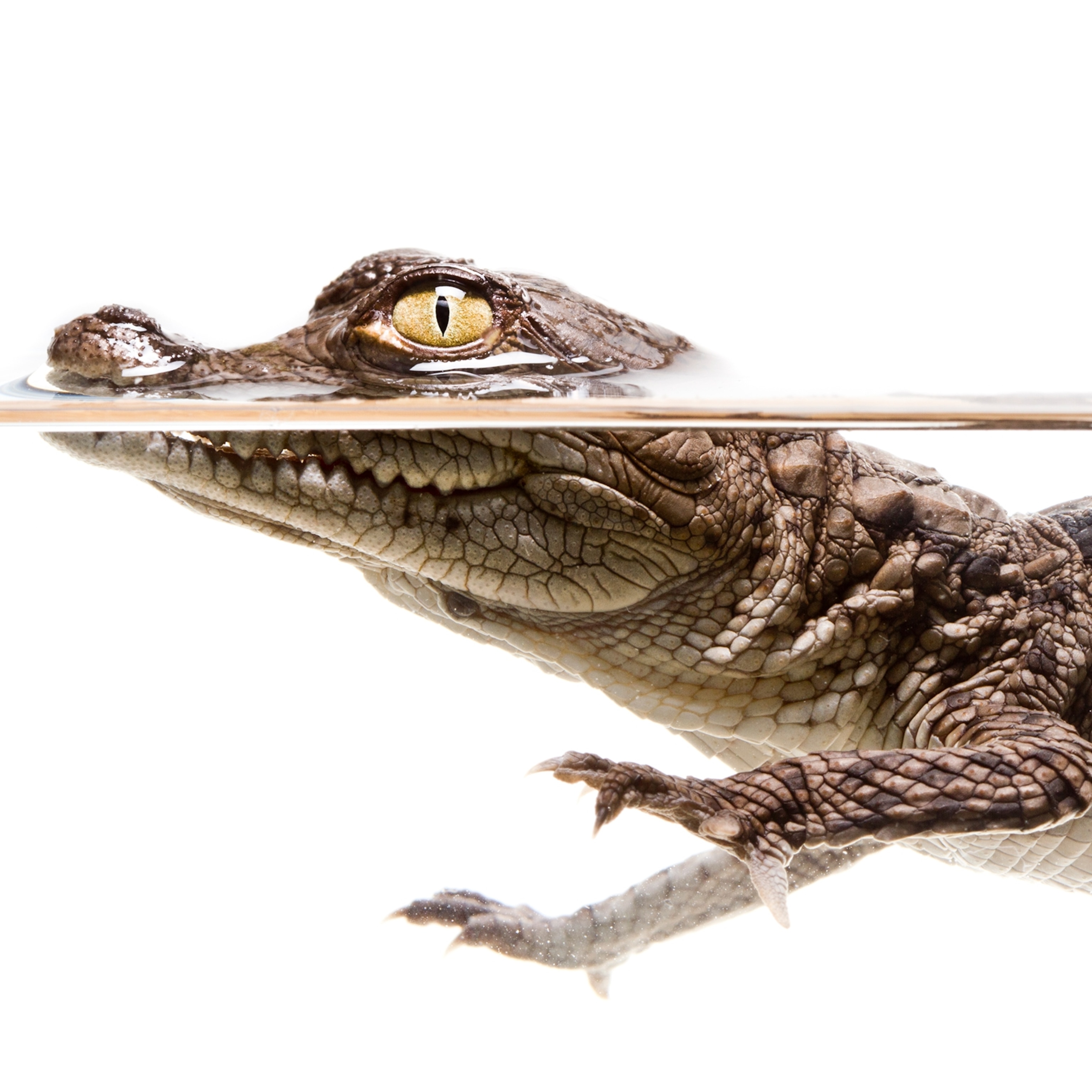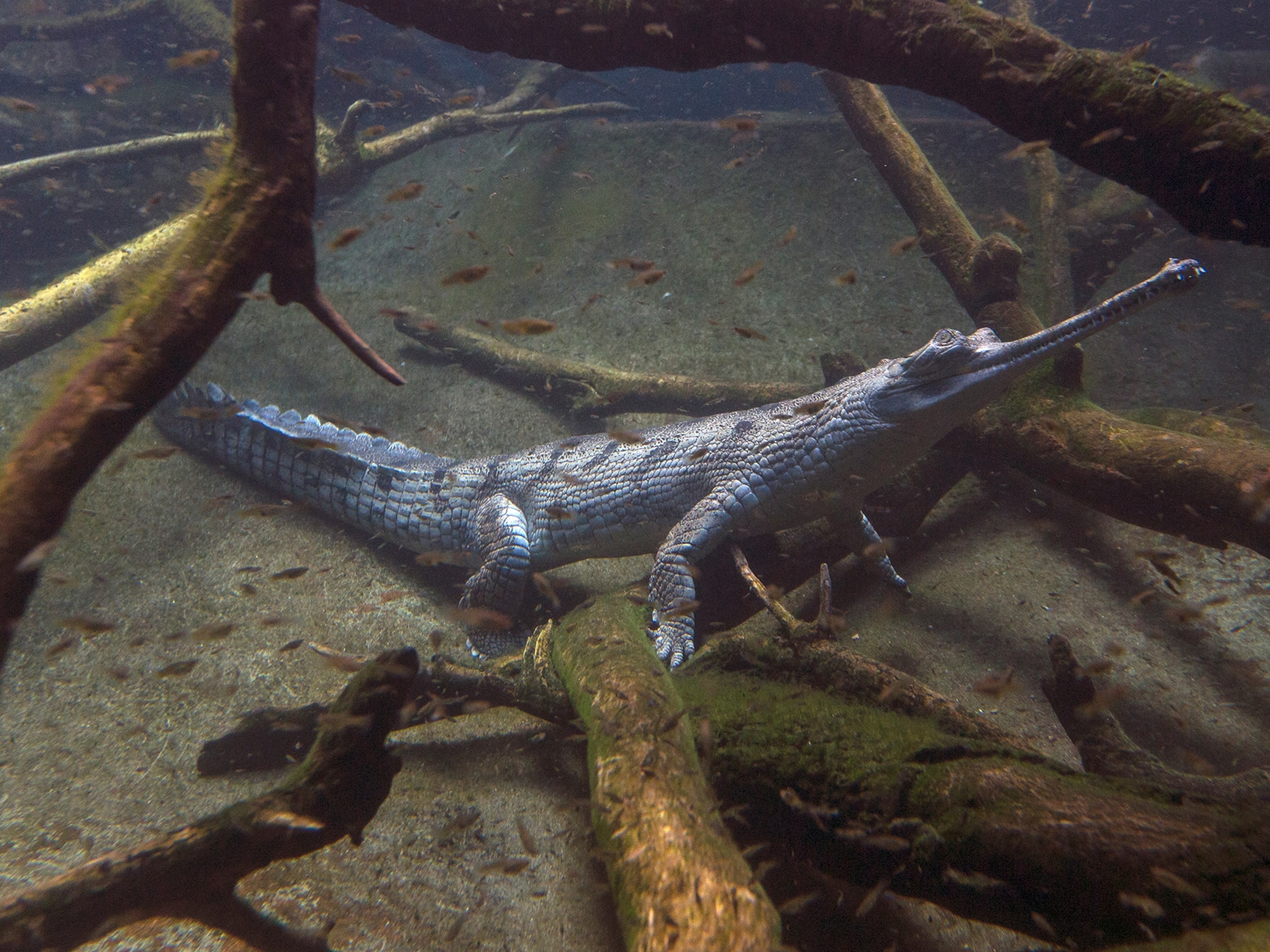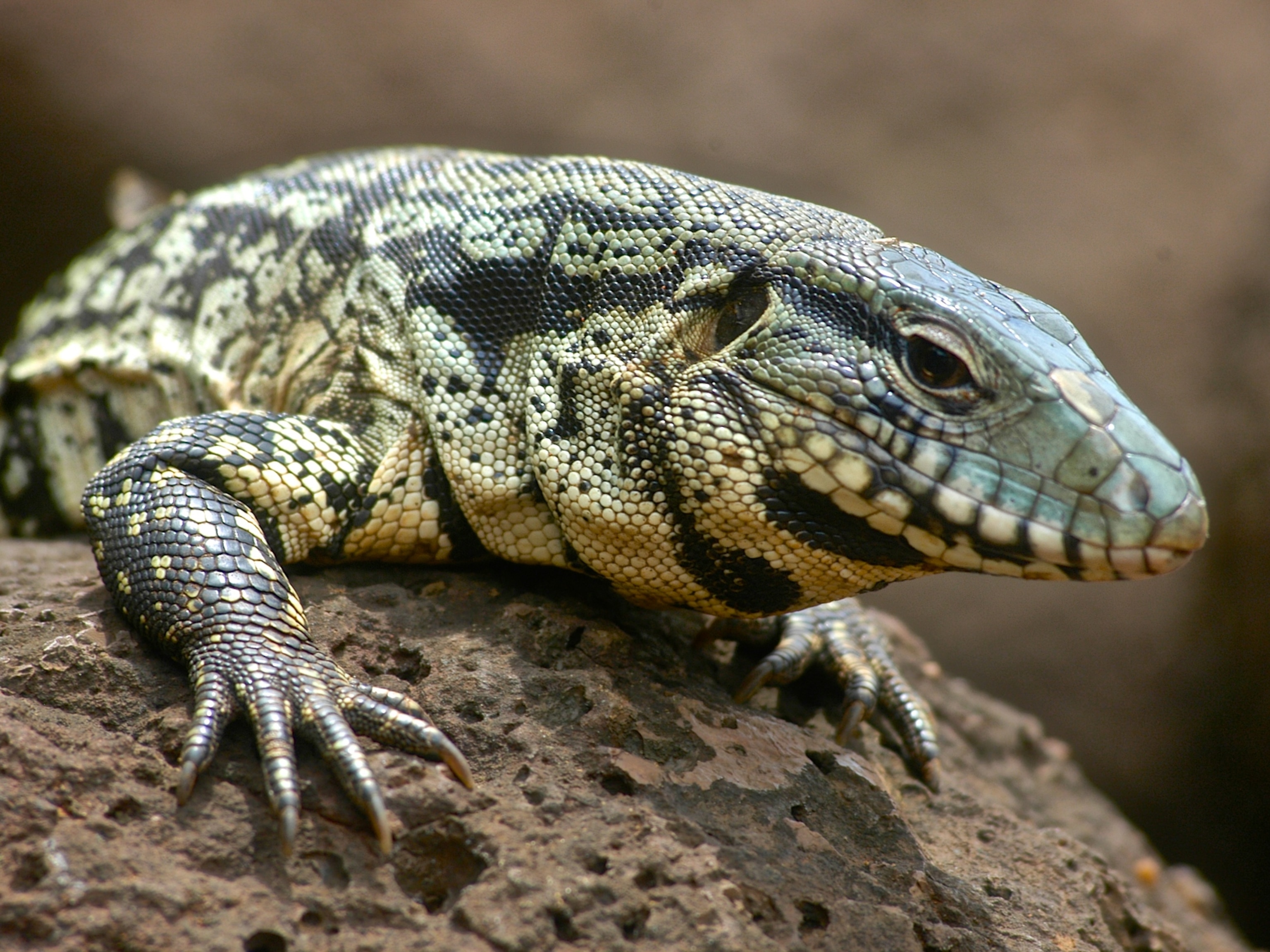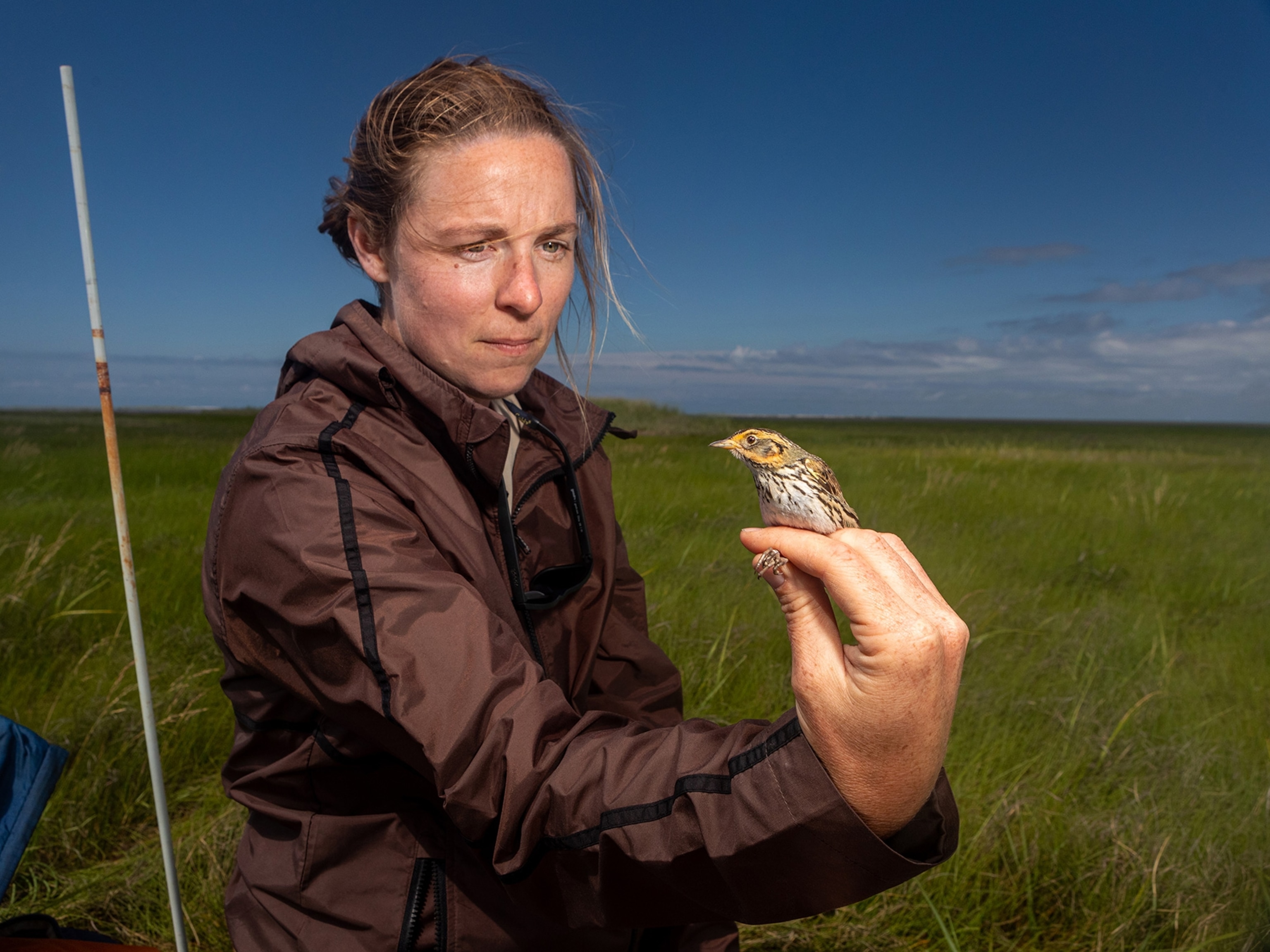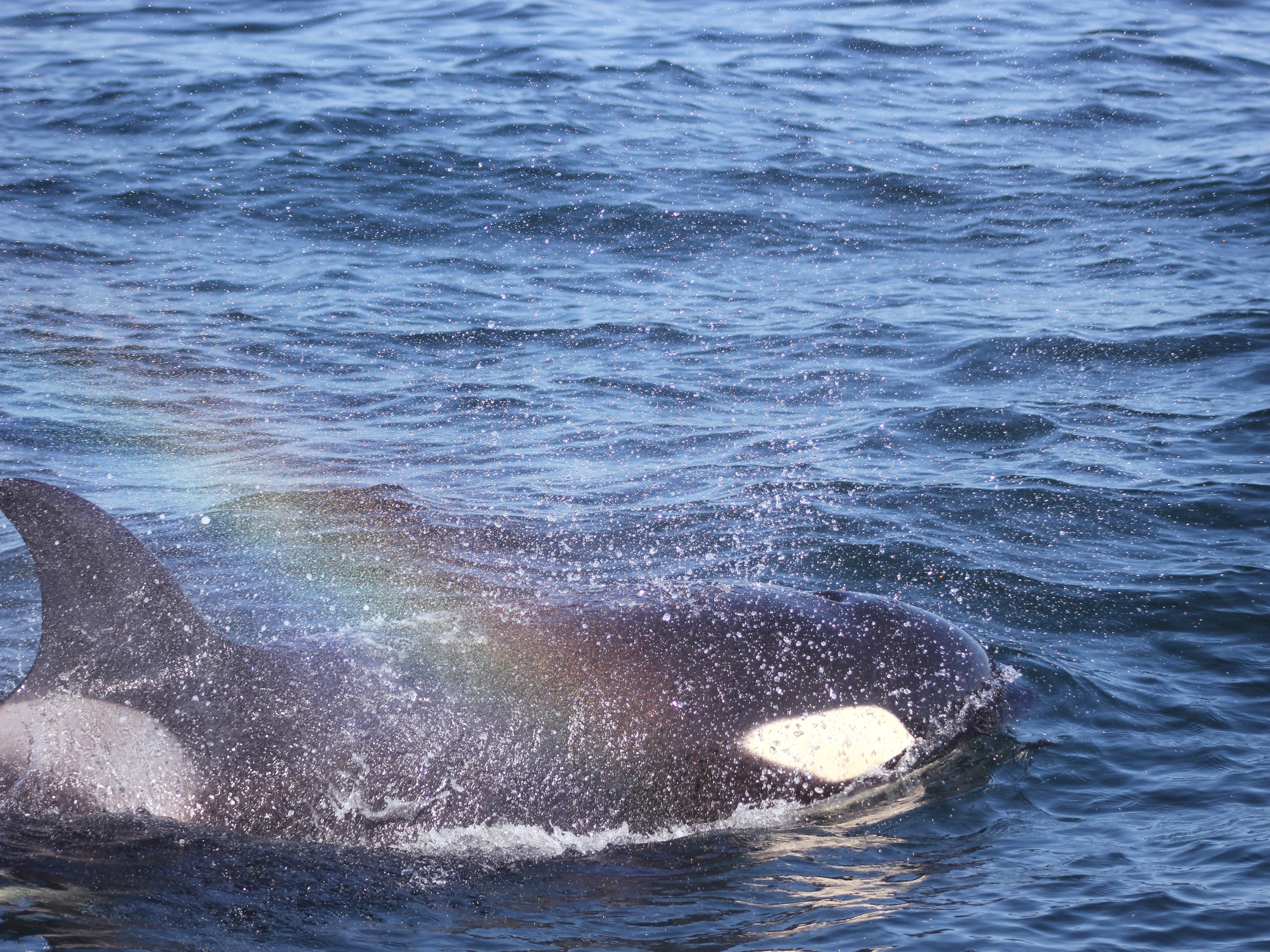This tiny Florida gecko is disappearing—can we save it before it’s too late?
The overlooked reptile is earning state-level protections, but it may not be enough to save the species.

Beneath dried leaves and palm fronds, the Florida reef gecko lives in relative obscurity. The two-inch critters have speckled brown bodies that blend in with the forest floor, and they can dart off in the blink of an eye.
But for such a tiny reptile, it faces some large threats: notably, urban development in one of the fastest growing U.S. states and sea level rise due to climate change.
In May, Florida’s wildlife agency decided to move forward with plans to list the reef gecko as threatened, three years after scientists warned that its historic range has dwindled—and what remains is at high risk of going underwater by the end of the century.
These geckos have already disappeared completely from nine spots, and their habitat has been reduced to 41 percent of its original size in less than a century, according to recent research. At the same time, South Florida’s stretch of the Atlantic Ocean is predicted to rise between one and three feet by 2080, according to NOAA.
“Our concerns with the reef gecko are loss of entire populations,” says Stephanie Clements, a conservation biologist now at the Tropical Audubon Society who led a 2021 study describing dangers to the reef gecko.
In a phenomenon called coastal squeeze, sea level rise will begin to swallow parts of the state, promoting people to move inland. But geckos can’t follow. (See how sea level rise is already changing the Everglades.)
“If you can't travel more than a hundred meters in 10 or 20 generations, you're not really going to be able to outrun potential problems like sea level rise,” says Aaron Bauer, a biology professor at Villanova University who reviewed the Florida listing proposal as an outside expert.
If sea levels rise by seven feet, biologists expect 85 percent of the gecko’s habitat to go underwater.
But there’s more to the story. Some scientists say the reef gecko might not belong in Florida at all.
Surviving against the odds
In a state overrun with invasive reptiles, the Florida reef gecko is a rarity: It’s the only gecko native to the eastern United States and lives in small pockets of South Florida’s tropical hardwood hammocks, an ecosystem that provides a cool, dry refuge for the gecko and many other species.
At Miami’s Simpson Park, a protected hammock preserve, an entire reef gecko population lives within the confines of just eight acres, but “there's no guarantee that it's viable in the long-term,” says conservation biologist Christopher Searcy, a co-author on the 2021 study and head of the Searcy Lab at the University of Miami.
“Of course, coastal areas are where humans most want to develop, so the tropical hardwood hammocks along the coast are highly fragmented,” Searcy says. (Read about a Florida law enacted to protect wildlife corridors.)
This habitat is also right in the path of hurricanes, which are becoming more intense due to the changing climate.
Protecting other parts of the geckos' remaining habitat from development could help other species as well, says Clements. The rim rock crowned snake, for instance, is threatened in Florida and may be declared federally endangered.
Both are important predators in their ecosystems: Reef geckos dine on insects such as beetles, bees, wasps, ants, butterfly and moth larvae, and worms, keeping the hardwood hammock’s forest floor ecosystem in balance.
Longtime local or nonnative intruder?
Although the Florida reef gecko is considered a Florida native, some scientists aren't sure.
The earliest written record of reef geckos in Florida dates back to 1858 in Key West, a bustling port where geckos could have easily hitched a ride on cargo. But earlier genetic data trace to Key Largo, a more northern island where trade wasn’t as common. This would imply that the geckos rafted to Florida from the Caribbean on their own, if they weren’t already there. (Go inside the debate over whether Florida's flamingoes are native.)
The Florida populations are categorized as the subspecies Sphaerodactylus notatus notatus, but the species occurs across the Caribbean. Over its entire range, the reef gecko isn’t as imperiled.
“I still think the jury is out,” says Tony Gamble, a herpetologist at Marquette University in Wisconsin who studies dwarf geckos—a group to which the Florida reef gecko belongs—and their evolution.
Resolving the controversy would require comparing genetic samples from South Florida with those in Cuba or the Bahamas. “Are you preserving something that's part of Florida's native heritage? Things that are native to Florida should be prioritized,” he says.
For now, state officials agree that the Florida population is resident.
Before it’s too late
Now that Florida has listed the gecko as a candidate for the threatened species list, state scientists will draft a management plan by 2025 that outlines the animal's protections in more detail.
“What's going to be really critical to effectively conserving the species is thinking ahead into the future and having a really strong recovery plan,” says Elise Bennett, a senior attorney at the Center for Biological Diversity, a nonprofit that advocates for endangered species. (Read about a Florida ecosystem that's a battleground for development.)
Part of that will be stricter building permits. At the state level, developers can easily find loopholes for so-called cryptic species—those that are difficult to find because they live underground or are otherwise elusive, Bennett says.
What’s more, the listing process takes years. “Decisions still need to be made,” Gamble says. We “don't have a lot of time for people to sort everything out.”
Microscale critters such as the reef gecko also represent a large gap in conservation, he adds.
“Little things need conserving, and they are being affected just as much as the big, charismatic megafauna,” Gamble says.
“For every elephant or panda, you’ve got dozens or hundreds of these little things that are in the same boat.”

